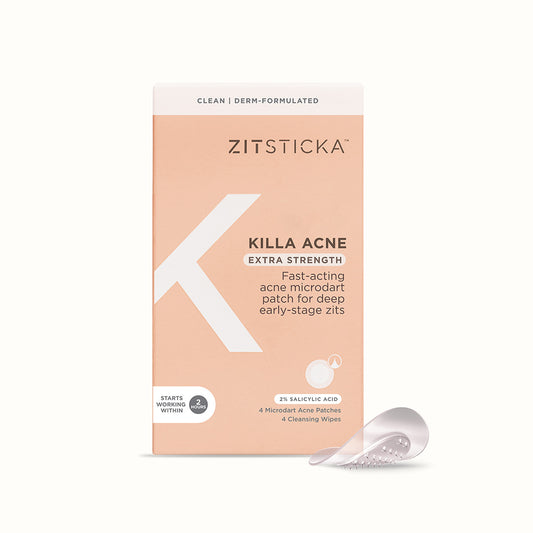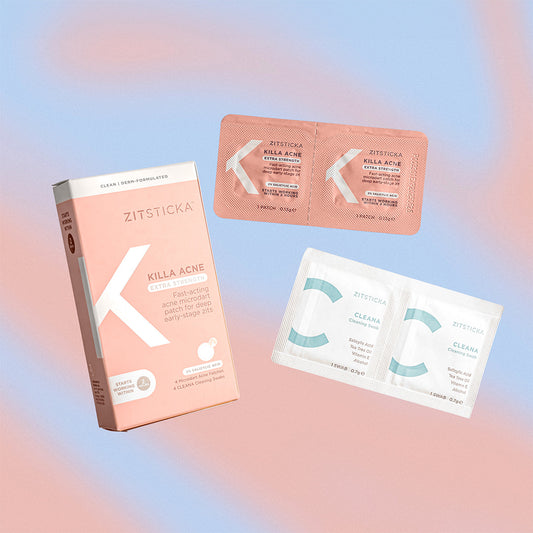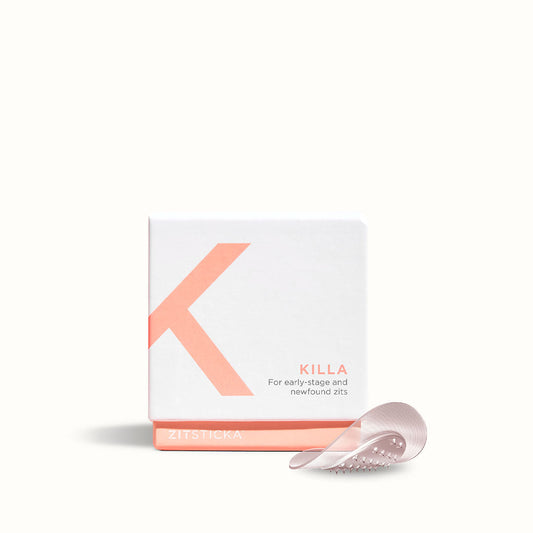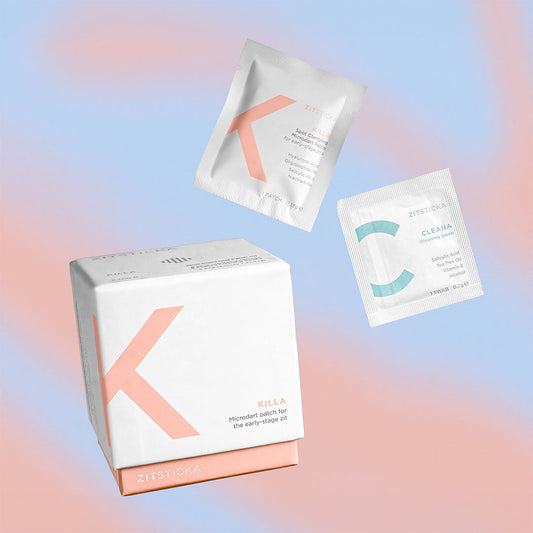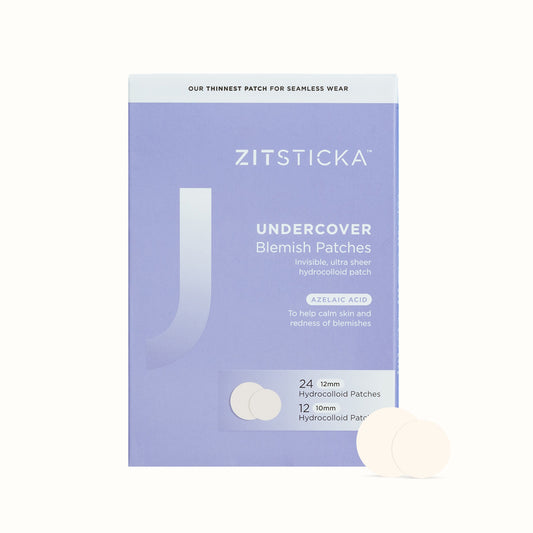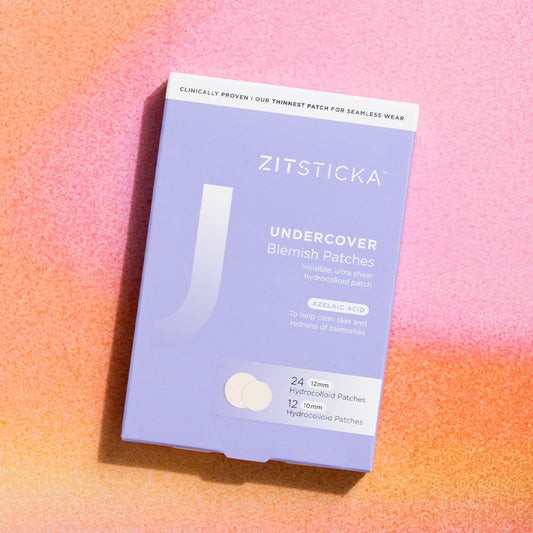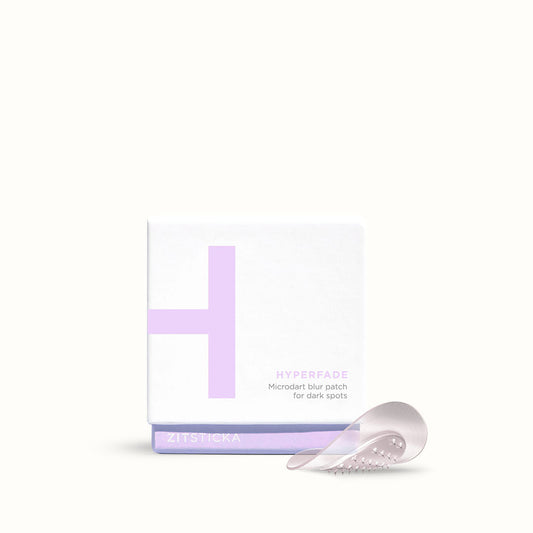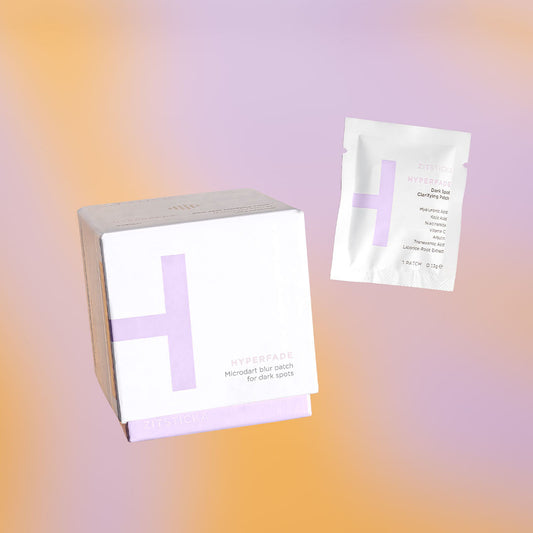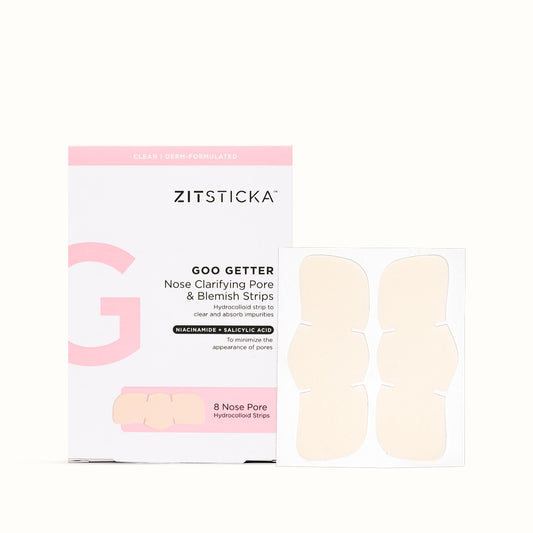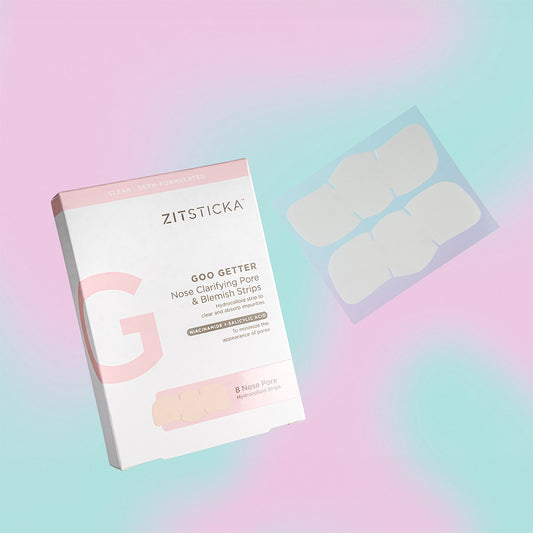By: Lee Phillips
From the top of our heads to the tips of our toes, our skin—yep, you knew this was coming: the body’s largest organ—valiantly shields us from the outside world. Toxins, moisture, germs, you name it... and the skin is acting as your personal body guard against it. Not all skin is created equally, though. Depending where it is on your body, your epidermis may have different needs and desires to help keep it functioning at its best. Below is a little exploratory peep inside the differences between face skin and body skin, and how we can provide all areas of our flesh suit with the TLC it deserves. First off: caring for your face means washing it twice a day! Our newest launch, CUSHION CLEANSE, puts the stripping acne washes you're used to in the past. This supportive, clarifying cleanser harnesses the power of prebiotics and gentle surfactants to nourish your face while still giving it the deep clean it's craving. Did we mention it's safe and effective for all skin types?
Same, same…
There’s a few key similarities between the skin on our face and bodies. If we were to apply Maslow’s Hierarchy of Needs to the skin covering every inch of our faces and bodies, there’s a few basic needs all-round. The two most obvious and important being that the skin on both our faces and bodies needs to be regularly hydrated and protected from the big burning ball of fire in the sky to survive and thrive. Repeat after me: hydration and SPF are non-negotiable aspects of my daily skincare routine.
… But different
Of course, skin structure, and the way it behaves, differs according to where it is on our bodies. The main differences being:
The size of the skin cells. The skin cells on your face are smaller than on the rest of your body. Since one of the main functions of your skin is to act as a barrier, smaller skin cells means a smaller barrier area and less of a route through which chemicals going in and water going out has to travel. This explains why skin sensitivity on the face is more common than on the body as less barrier protection is provided.
The thickness of your skin. The skin on your face is more delicate than on your body, even though the thickness of your skin varies all over your body. You also have a thinner layer of fat under the skin on your face. As a result wrinkles are more visible on the face and neck. The skin around the eyes and your eyelids are thinnest of all and can be highly sensitive, so must be treated accordingly.
The number of oil glands. You have many more oil glands on your face than on your body, which—for better or worse—makes your face oilier and shinier (glass-half-full folk will call it dewier and glowier). Oil on the face is produced to lubricate the skin and also to ward off bacteria—the oil has antimicrobial properties to protect and regenerate the skin.
The number of hair follicles. There are a lot more hair follicles on your face skin compared with the same size area of skin on your body. Even though the density of the hair follicles is high, the hair on your face is very fine. When you sweat through these follicles, one of the many functions is to release toxins. With your follicles so close together on your face, it is important to avoid clogging them as it can lead to acne breakouts.
Can I get acne on both my face and body?
There’s no easy way to say this: Yes. The gift that is acne can happen anywhere on the body that you have hair follicles. Certain areas of the body, like the chest, back and butt, are more prone to breakouts than others.
How is body acne caused?
Body acne is caused by the same factors that trigger facial acne: overactive oil glands, excess dead skin cells, and acne-causing bacteria. Dr. Tiffany Libby, a cosmetic dermatologist in New York City and a Mohs surgeon and assistant professor of dermatology at Brown Medical School, says, “In general, the main contributing factors to acne are clogged pores, increased oil or sebum production, inflammation, and presence of bacteria. Stress, pollution, poor cleansing habits, diet (specifically high-glycemic-index foods and dairy), and hormonal changes can also contribute to acne breakouts. On the body specifically, there are increased factors that can specifically contribute to body acne, such as sweat, dirt, oil, and friction in those areas.”
Cool. So, how do I get rid of it?
Although many of us have multi-step routines for our faces, it’s rare to find someone who applies the same diligence to their bodies. Just as we imbibe prebiotics, probiotics, and postbiotics, and apply chemical exfoliants to the face to unclog pores and fight against zits, those experiencing body acne should do the same for their bodies.
Clogged pores, body zits, bumpy texture ... They’re all part and parcel of simply LIVING in our skin suits 24/7. No one is exempt! With that in mind... we created our own complete routine for body breakouts: BODY DOUBLE. Our duo is only! 2! Steps!:
Step 1. SILKSHAKE: Soothe existing breakouts.
A mixup of pre, post and probiotics, this nutrient-dense body cleanser balances your skin's microbiome to keep nice bacteria in and mean bacteria out. Omegas 3, 6 + 9 strengthen your skin barrier, while tea tree + niacinamide soothe breakouts.
Step 2. FIZZ FOUNTAIN: Block future breakouts.
A hybrid of chemical and physical exfoliants, this supercharged body scrub refines, retexturizes and dives deep into pores to scoop out dirt + debris. A smoothing exfoliator that keeps breakouts *off your back* (and whole body!).
Click here to shop our full-body additions to the ZitSticka fam! Your body breakouts won't know what hit 'em.
Title image: @anya.tisdale

